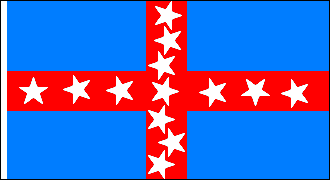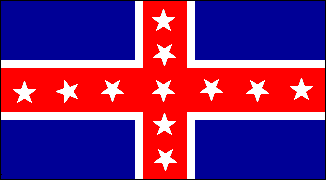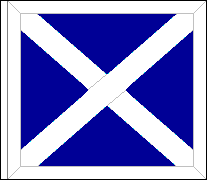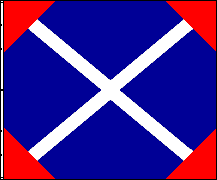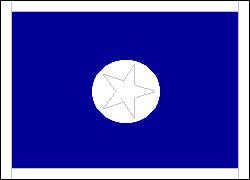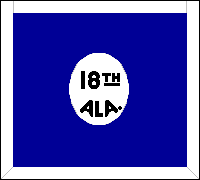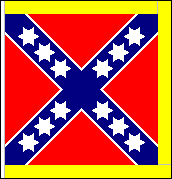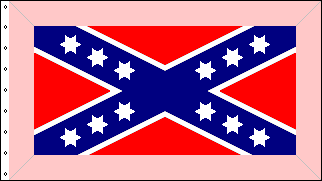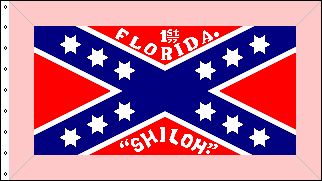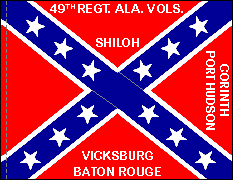CONFEDERATE STATES OF AMERICA
BATTLE FLAGS OF THE WESTERN ARMIES
As in the eastern theater of war, the Confederate armies in the west soon realized the need for a distinctive battle flag that would not be confused with the Stars and Stripes of the Union Army. At first, however, there was no overall direction leading to a common design, so that the various divisions, corps and armies developed their own battle flags. Not until 1863 would General Joseph E. Johnston establish a design based closely on the Army of Northern Virginia Battle Flag as the common battle flag of the western armies of the Confederacy.Credit: The text and drawings on this page are based on information from Devereaux Cannon's FOTC Flags of the Confederacy website.
